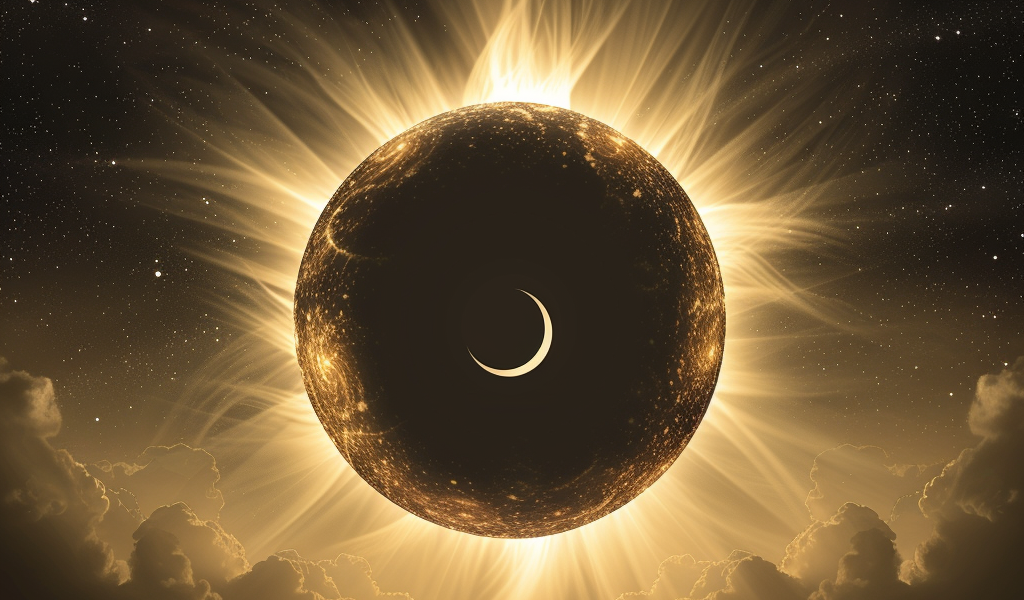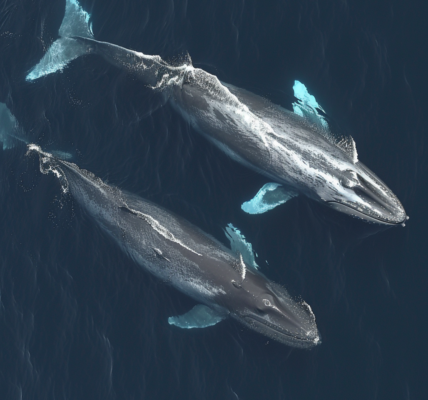The sun’s corona, the outermost layer of its atmosphere, has been the subject of fascination and scientific inquiry, particularly during the recent total solar eclipses that occurred on April 20, 2023, and are set to happen again on April 8, 2024. These extraordinary celestial events offer a rare glimpse into the sun’s dynamic atmosphere, especially during periods of heightened solar activity known as solar maximum.
Composite images captured by a dedicated team of astrophotographers, known as the Solar Wind Sherpas, showcase how the corona transformed between these two eclipses. This transformation is particularly significant as it coincides with the peak of the sun’s approximately 11-year solar cycle, which began its current phase in 2019. The cycle saw a transition from solar minimum, where solar activity is at its lowest, to solar maximum, which scientists reported reached its peak in mid-October 2023.
Understanding the solar cycle is crucial for scientists as it influences space weather and can have direct effects on Earth. Solar activity, characterized by the number of sunspots—cooler areas on the sun’s surface caused by intense magnetic fields—fluctuates throughout this cycle. As the sun approaches solar maximum, these sunspots become more numerous and can lead to increased solar flares and coronal mass ejections, phenomena that can impact satellite communications and power grids on Earth.
The sun’s corona is particularly challenging to observe due to the overwhelming brightness of the sun’s photosphere, its visible surface. However, during a total solar eclipse, when the moon completely obscures the sun, the corona becomes visible, revealing its complex structure and dynamics. The recent images from the Solar Wind Sherpas highlight these intricate features, which extend millions of miles into space and are crucial for understanding solar physics.
During the totality phase of an eclipse, scientists can conduct essential solar research that is not possible at other times. The unique conditions allow for the study of the corona’s temperature and density, as well as its magnetic field structures. These observations are vital for improving models of solar behavior and predicting future solar activity.
The images from the two eclipses serve not only as a scientific resource but also as stunning visual representations of the sun’s beauty and complexity. The work of the Solar Wind Sherpas exemplifies the intersection of art and science, as they capture breathtaking views of celestial phenomena that inspire wonder and curiosity about our universe.
As the next total solar eclipse approaches, anticipation builds among astronomers and enthusiasts alike. The opportunity to observe the sun’s corona during these rare events is a reminder of the dynamic processes at play within our solar system and the importance of continued research into solar phenomena.
In addition to their scientific significance, these solar eclipses also serve as a spectacle for millions of people around the world. The chance to witness the sun’s corona, a sight that is only visible during totality, draws crowds and prompts gatherings, fostering a sense of community and shared experience among those who come together to observe the celestial event.
The upcoming eclipse in 2024 is expected to attract even more attention, as it will be visible across a larger portion of North America. Observers will be able to witness the moon’s shadow racing across the landscape, providing a breathtaking view of one of nature’s most awe-inspiring phenomena.
As we look forward to the next total solar eclipse, the excitement surrounding these events continues to grow. The sun’s corona, with its mesmerizing structures and dynamic behavior, remains a focal point for scientists and skywatchers alike, reminding us of the beauty and complexity of the universe we inhabit.
Stay tuned for more updates on solar activity and upcoming celestial events, as the field of solar science continues to evolve and reveal new insights about our closest star.





